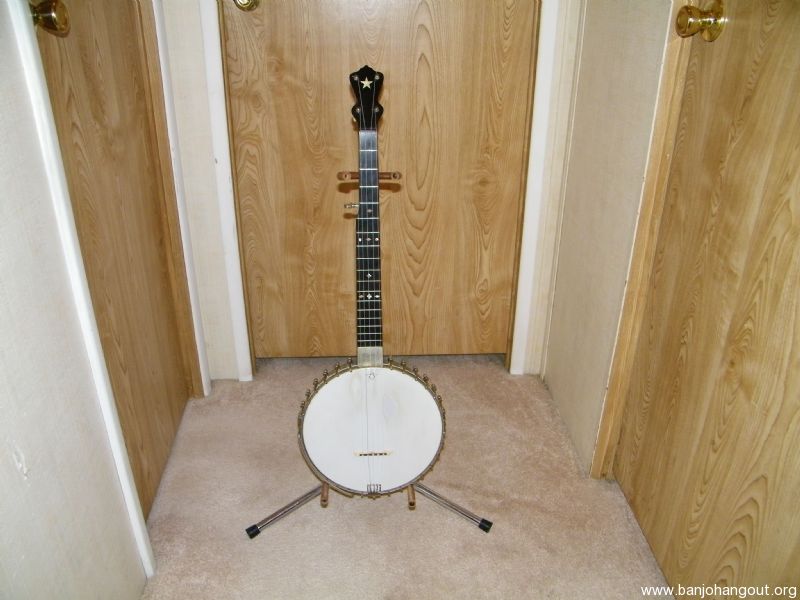

Their best banjos, mostly made in-house, were branded Washburn, after George Lyon's middle name. The Mystic banjos were entry level instruments made as one of L&H's house brands.

He filled me in on the L&H-Regal connection and told me about the many connections L&H had with other manufacturers. He sent it off to a good uke guy who repaired it and identified it as a 1916 Regal. We both swore was a Martin U40, but it differed slightly in trim. My brother scored a super high-end old uke with some of the best koa wood in it I've ever seen. Sometimes, L&H would simply provide blueprints and Gibson would make the entire guitar to their specs. They had a close association with Gibson for a while- Gibson made a lot of guitar bodies for them that were mated to L&H made necks and finished in the Regal factory. They also were very large re-sellers of sheet music and accessories, which they bought in bulk and sold to smaller stores. harp market, and their harps are still prized for their quality. Their operation was pretty singular, as they were the big dogs in the U.S. This applies to more guitars than banjos, but they bought some banjos outright, and made others. L&H did have a big retail operation of their own, and they frequently bought parts, and sometimes complete instruments, from their competitors, especially in the 30's. Many of their really good instruments were sold to other retailers as house brands alongside their less expensive sisters. At one time, L&H owned the Regal guitar company, which is widely known for making beginner's grade instruments, but also made some very high-end stuff, up on their mysterious 3rd floor. Lyon & Healy went through several different owners before the brand name was finally sold overseas.


 0 kommentar(er)
0 kommentar(er)
